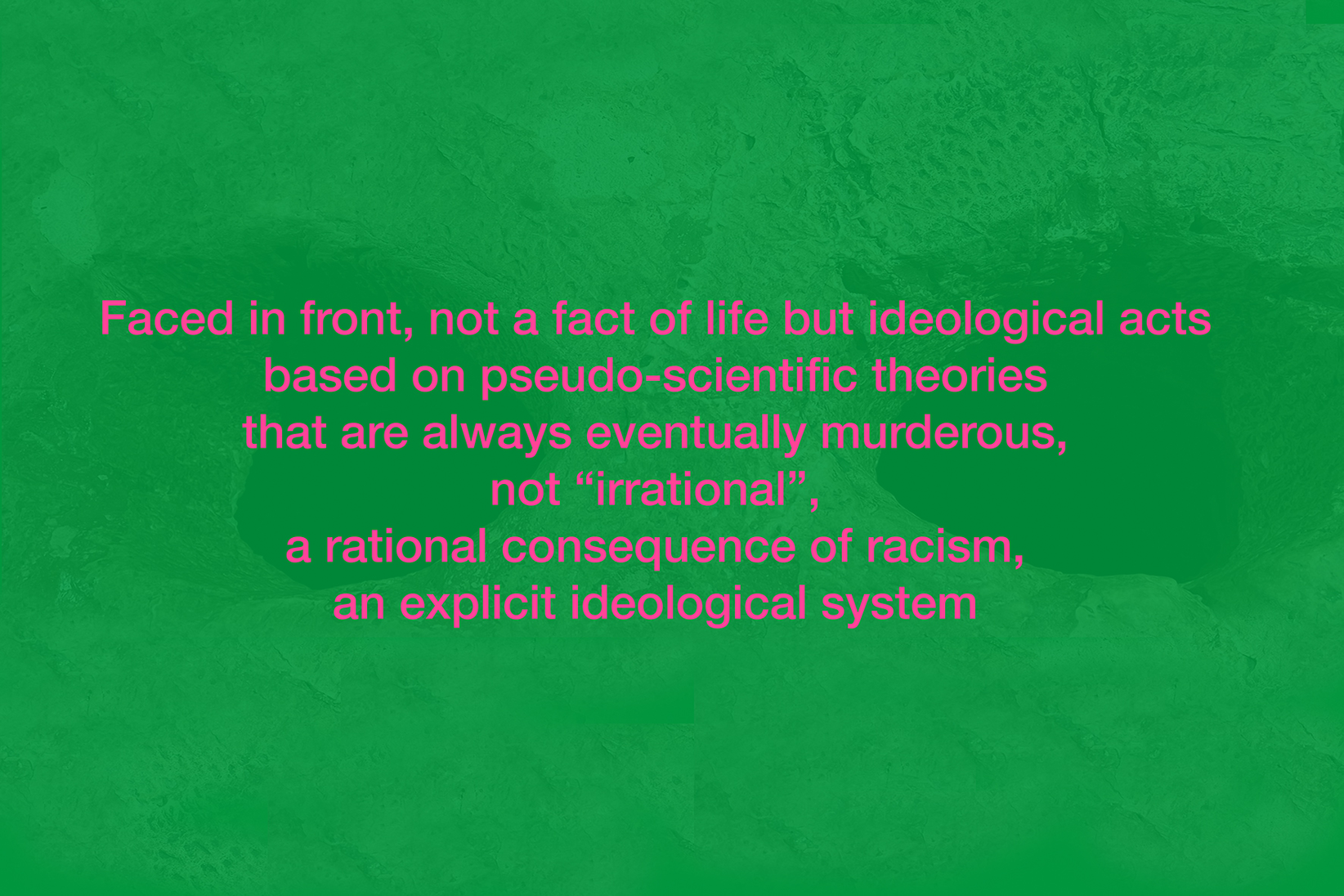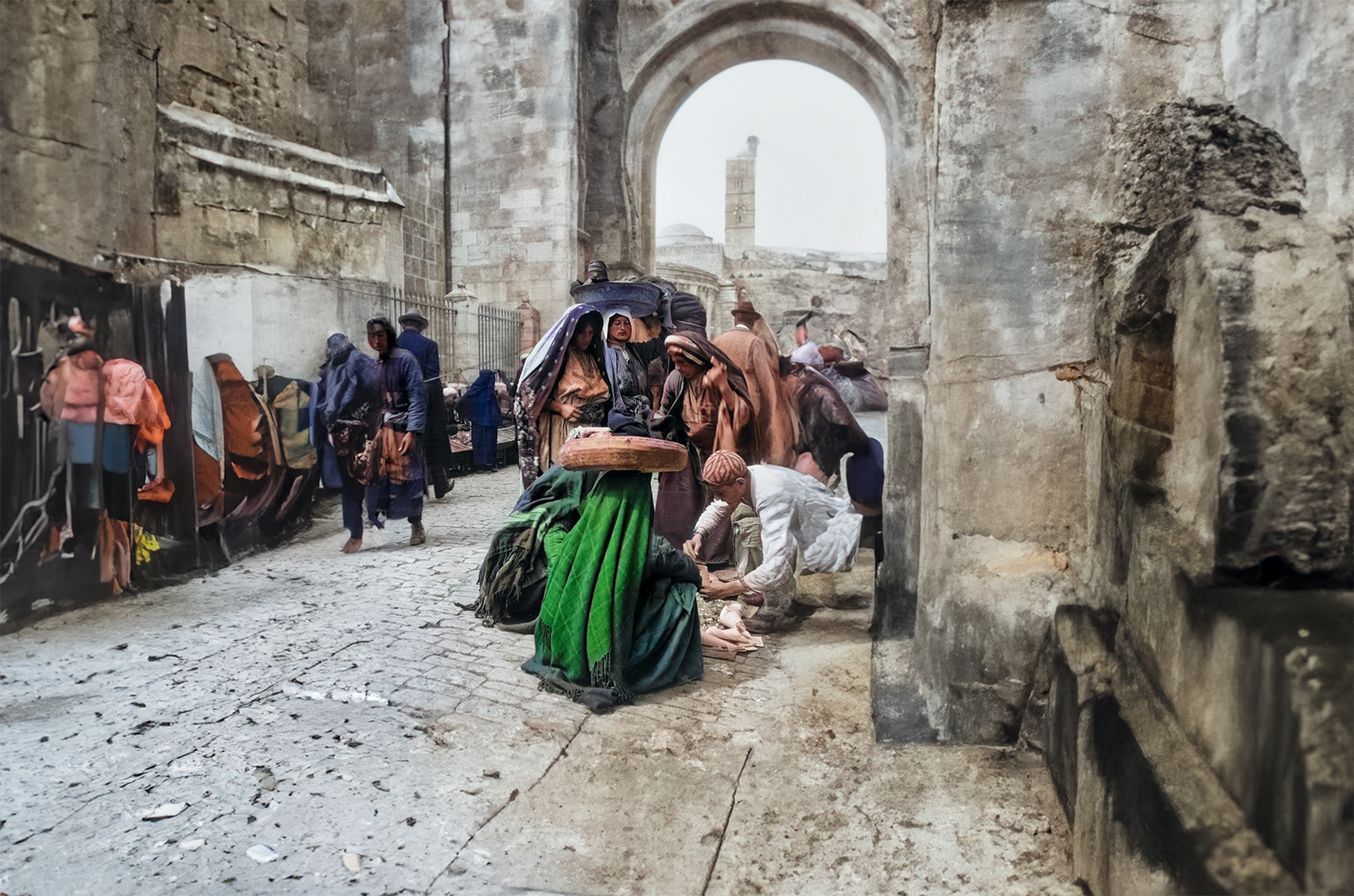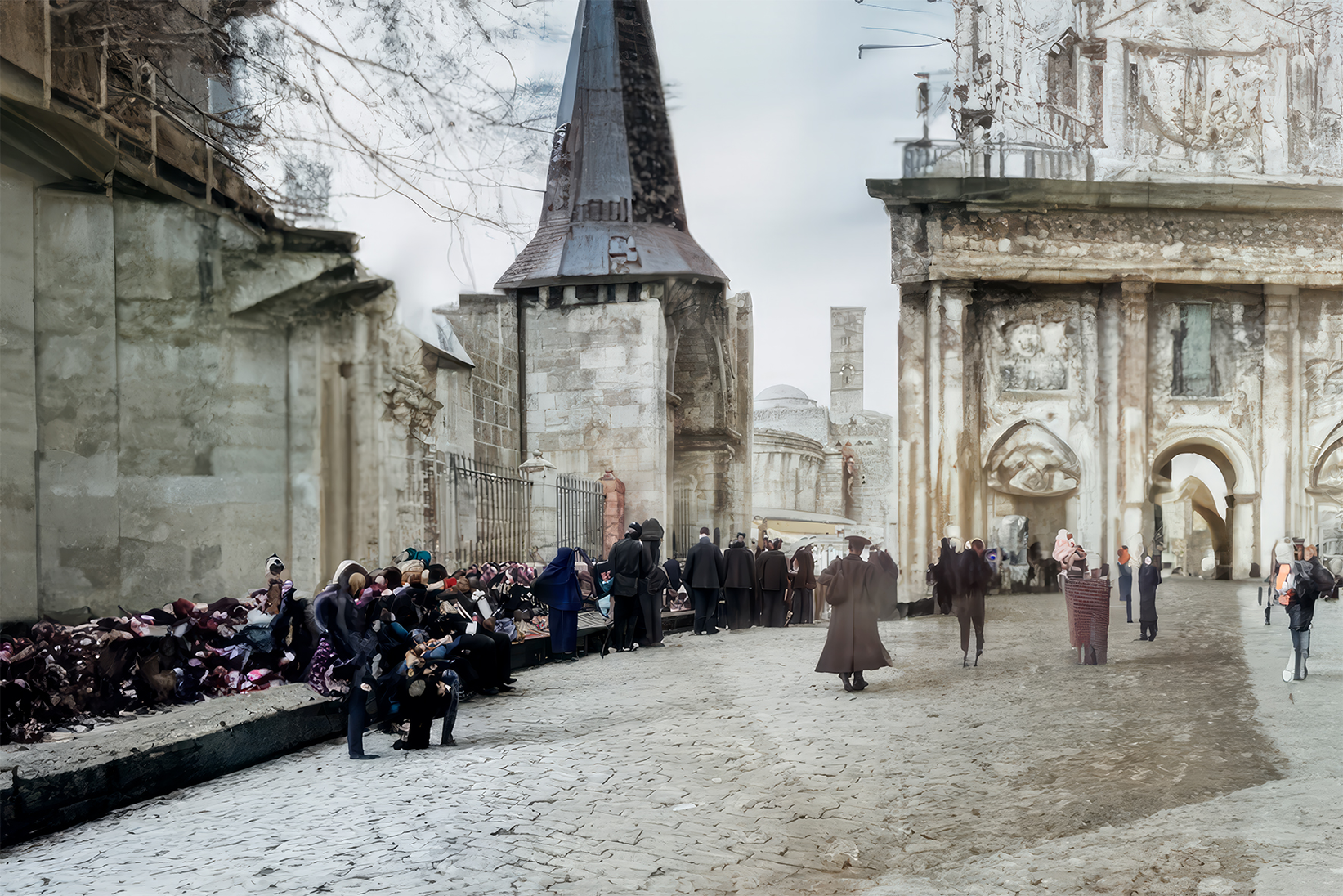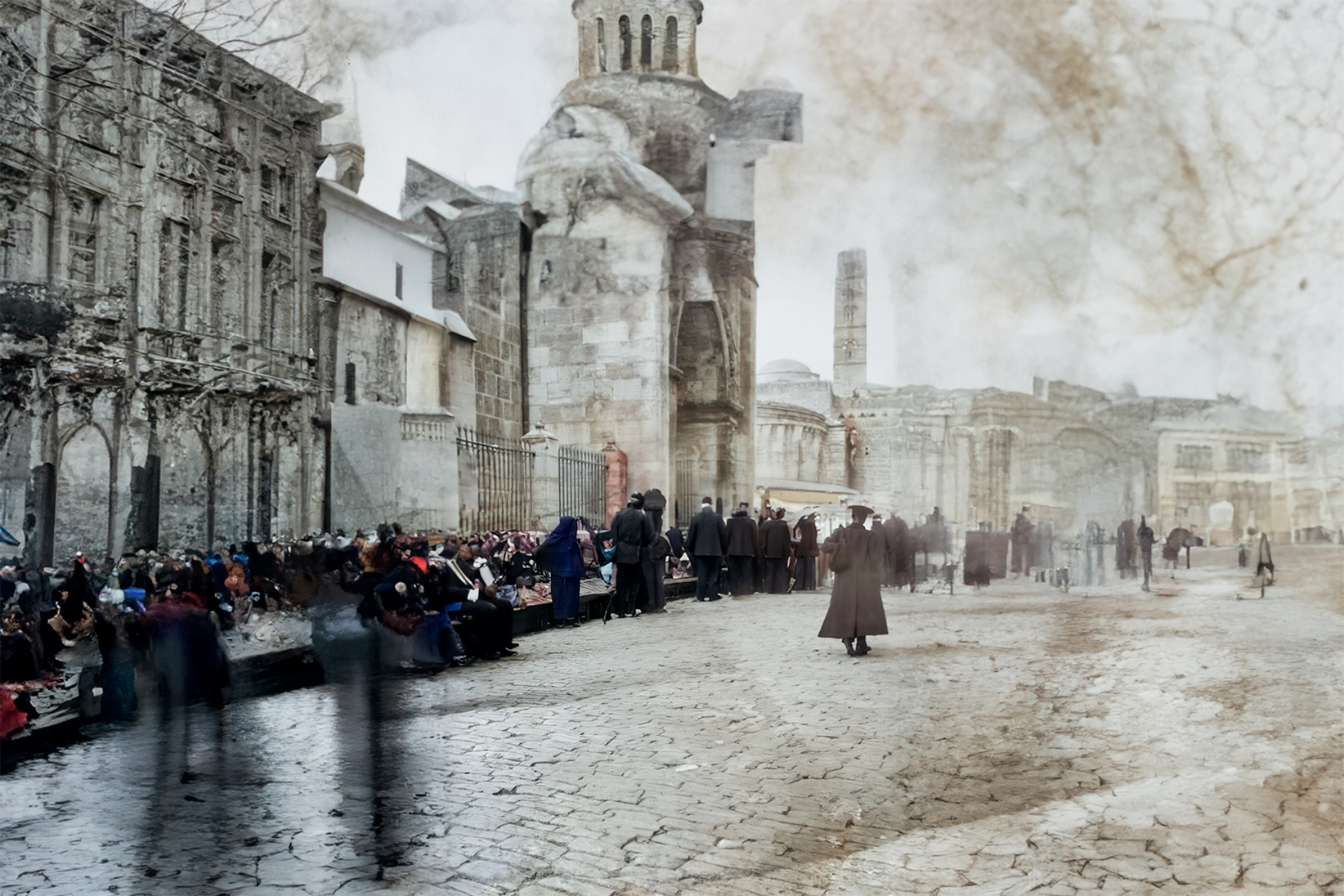It Will Be Fine, engages with the language of visual representation through the combined media of painting, photography, and artificial intelligence (Ai) together with images from the Special Collection picture archive in Bergen. To reflect on the ways in which meaning, and memory are constructed and conveyed through visual forms and systems of knowledge.
Through photography, which captures moments, provides a glimpse, and creates assumptions of objective reality with the inherent subjectivity in the act of framing and capturing an image. In parallel, painting is used and defined by its inherent subjective interpretations and historical precedents to disrupt and reflect on the role of aesthetics within representation.
Ai is combined to add a further layer to "It Will Be Fine" by using generative image algorithms to analyse and reinterpret specific images from the image archive to disrupt traditional and preconceived notions of this data.
Through these methods, the approach is to invite new readings of the biases and limitations embedded within a particular cultural heritage. It invites viewers to critically engage with identified conflicts in the constructed nature of visual forms and knowledge systems, particularly within dominant colonial narratives and their contested histories.
Ultimately, the aim is to offer a reflection on the ways in which meaning is constructed and read in visual forms, to encourage and revise the assumptions of certain dominant narratives that shape our understanding of the world and how we actively participate in the language of representation, It Will Be Fine.
February 2023, we were in Jerusalem and Bethlehem. It was before the latest escalations of the conflict. During our time there, a car drove into a bus stop full of people. Tens of thousands protested against a judicial reform. Layers of religious artefacts and narratives competing in contested spaces and disputed land. On our return, we were numb, without the ability to respond. All the images that were recorded during those days, were inadequate, empty, flawed, unable to speak of the tension and layers of incomprehensibilities. ( nysanses and coplexsitities) They failed in articulating or even touching the depth and complexity of the political and historical entanglements surrounding these places. We questioned if or how we could transform this state of "inability" into art. In an effort to address this ambiguity, we turned to The Picture Collection. By examining historical images with their inherent faults and utilising algorithms in Generative AI, we found a way forward to explore these incomprehensible tensions. Through the engagement in making art, we are able to suggest an intensity with some of the complexities, rather than simply relying on empty reassurances of “It will be fine”.



